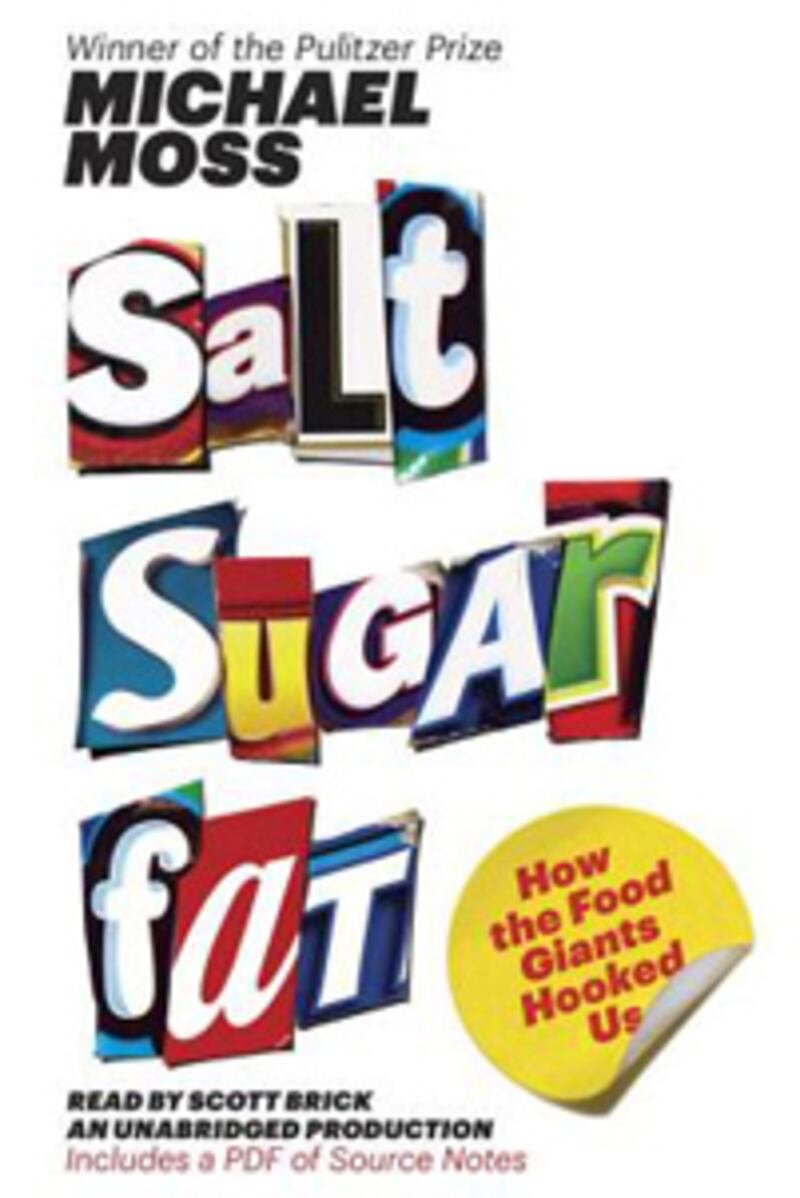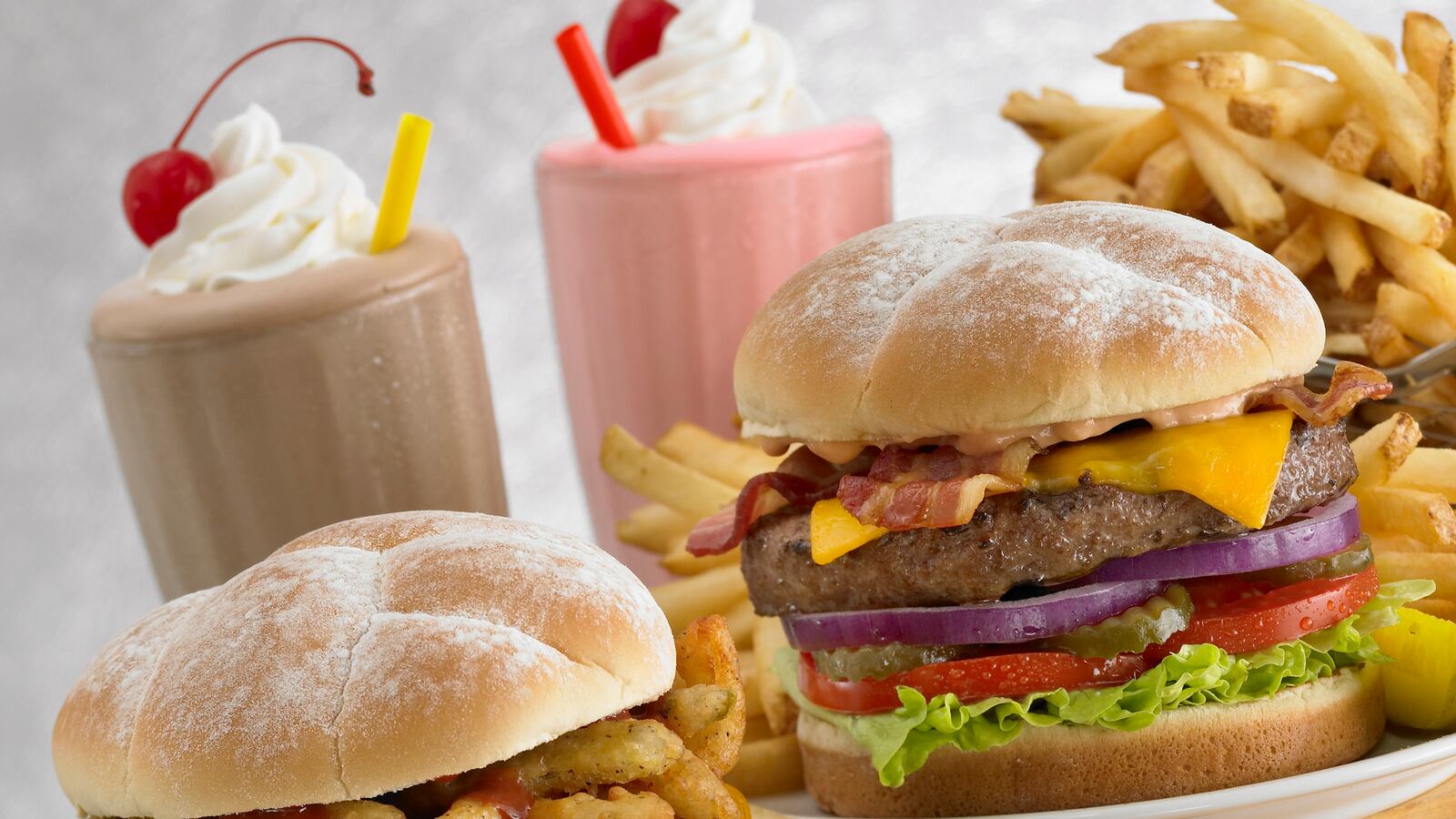The average American eats 33 pounds of cheese and 70 pounds of sugar annually and 8,500 milligrams of salt a day. Investigative journalist Michael Moss went inside the food industry to find out how these additives get into our food for his book, Salt Sugar Fat. From within his behind-the-scenes look at the biggest fast-food giants, we extracted the most fascinating bits.

They Know Exactly What You LikeFood producers can’t afford for you not to like their products. So they figure out exactly what you want. Not only do they have food labs designed to find our “bliss spots”—the point when the sugar and salt levels are just right—but they also have people like Howard Moskowitz, a crave consultant, who figures out what levels of salt, sugar, and fat are just right. The difference between wanting more and getting bored is a fine line. Except in one area: there’s no “bliss spot” for fat content. Kraft used the more-the-merrier tactic when it pushed cheese, the fattest of fat-based foods, into the markets in the 1990s.
They Take Down Everyone Who’s Against ThemIf you dare stand up to the food giants, beware. The food industry acts in vicious self-defense at any sign of threat, and it has money to spare. This method reared its head when the industry found itself in competition with health food–touting home economics teachers in the ’50s. In response, the industry came up with its own version of a lesson-teaching homemaker—Betty Crocker—to push box mixes. This survival tactic even affected families: the original creator of Kellogg's actually was a health-food proponent, but was pushed out of the business by his sugar-loving brother. Even the king of activists wouldn’t tackle the task: in the 1970s a commission tried to ban child-focused advertisements and Ralph Nader advised against going fighting the powerful lobby.
They’re Buddy-Buddy With the GovernmentSome of Moss’s most incriminating revelations come from the chapter investigating the relationship between food industry giants and U.S. government agencies. He shames the Center for Nutrition Policy for having skewed guidelines that fail to mention the dangerous fat content in beef and cheese, and the USDA for funding marketing campaigns for the government to push support for the cattle and dairy industries. The conflict of interest of the USDA in dictating American nutrition while working in alliance with the industries producing unhealthful products is almost comically blatant.
They Control More Than Just the ProductThe product itself is just one small variable in the ultimate junk-food-buying equation. Everything from aisle placement to spokespeople is factored in. Kraft’s partnership with butter-loving Paula Deen helped the company crack the female market. On the ground, grocery-store displays are cleverly designed by season, and corner stores filled with young kids getting out of school were inundated with brands in a bid to “build loyalty with the next generation.” In fact, Moss discovers the brands actually own the display stands and coolers, and are known to butt heads with store owners for their territory.
Nothing Is What It SeemsWe know by now to be skeptical of the “all natural,” “real fruit,” “no preservatives” claims that cover packaging, but did you know that even the “fruit juice” listed in ingredients is modified to the point of being almost pure sugar? “The advantage that the fruit juice-concentrate people have from a marketing standpoint is this product appears on labels in a very healthy context,” one industry scientist told Moss. Even salt is chemically broken down and rebuilt for optimum flavor. The book is peppered with facts that will make you want to double-check every grocery store purchase you make (a half cup of Prego sauce has more sugar than three cookies, Hungry Man’s frozen turkey dinner has more salt than what’s recommended for two days, etc.). As shown throughout Moss’s chapters, the food industry’s priority is putting the truth about ingredients out of sight and out of mind.
Their Executives Eat HealthyIn their own eating habits, many of the scientists, researchers, and former company executives Moss interviewed for the book steer clear of the foods they produce. One flavor expert who worked with Coca-Cola talked about cutting back on his intake because it “was not good for me in a whole host of ways.” When Moss sat down with crave expert Moskowitz and another researcher, the table ordered things like egg whites and turkey breast. Pushed to drink Dr Pepper, which the researchers helped redesign, Moskowitz said he wasn’t a soda drinker because “it’s not good for your teeth.” One Frito-Lay executive opening his cupboards for Moss showed barely any processed foods. “Like other former food company executives I met, he also overhauled his diet to avoid the very foods he had once worked so hard to perfect,” Moss writes. Others are redeeming themselves after years in the industry. “I’m paying my karmic debt,” Jeffrey Dunn, a lifelong Coca-Cola employee told Moss after launching his own line of snack foods—baby carrots. Another, Bob Drane, the mastermind behind Lunchables, works with students and families to battle obesity.





